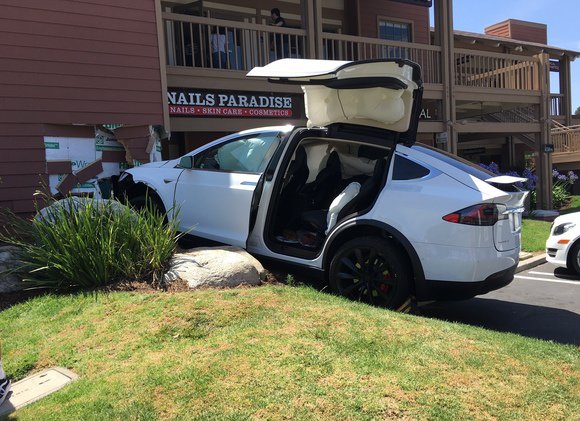“Our vision is that by 2020 no one should be killed or seriously injured in a new volvo car” (CEO Volvo, 2017)
Nearly every car manufacturing company does it: developing smart driving assistances to make the road a safer place. But questions arise whether these systems actually make cars nowadays safer or if they are just experiments towards the road of autonomous driving?
Not that long ago, a report was published by the head of the Dutch automotive monitoring sector indicating that cars with ‘smart’ driving assistance options have a higher chance of ending up with damage. As a matter of fact, a car without ‘smart’ driving assistance has a chance of 14% to end up in an accident whereas a car with the assistance has a chance of 23%.
There are two explanations why cars with ‘smart’ driving assistance options have a higher probability of ending up with damage compared to ‘regular’ cars. First of all, many new functions that are supposed to help the driver drive more safely are pulling away the attention of the driver from the road. Secondly, when drivers have ‘smart’ driving assistance options in their car, they start to rely on these options more intensively and as a consequence paying less attention to their immediate surroundings.
The above made argument is of course still not generalizable to all ‘smart’ driving options, and the quality of these options differ per car manufacturing company: some companies are simply further than others. Personally, I think that the development of autonomous cars is an exciting process where the technology is an excellent solution to reduce severe accidents on the road. We are however, not yet at the stage where we can bring fully autonomous vehicles to the market and I do believe that we should remain critical regarding the development of autonomous cars.
Sources:
https://www.volvocars.com/en-om/about/our-stories/vision-2020


The author of the blog post, Dann Masselink, introduces an interesting subject: Driver helping systems. While most people are yet to experience such systems, I believe that many of us are aware of their existence – and we do look forward to benefitting from such systems!
The outlined arguments for the increased danger occurring from these systems are both interesting and scary! I do not either (yet) at a stage where we blindfolded can trust these systems to transport us from point A to point B. However, as Daan, I am following the development carefully, and look forward to the time where these systems are of a quality where we can indeed safely trust the car to “do its thing”. Personally, I question the ascribed percentages and would like a reference point to which these correctly apply, as I have a difficult time coping with 14% chances of accidents in normal driving. Nonetheless, I find the blogpost rather interesting!
Thank you for your comment Henrik!
The 14 percent includes also smaller accidents, so that maybe explains the percentage a bit.
Excellent article Daan! The report by the head of the Dutch automotive monitoring sector is fascinating. I wouldn’t have expected smart cars to be more accident prone compared to regular cars. You provide two possible explanations regarding the discrepancy between smart and regulars cars, both related to a decrease in attention while driving. Theoretically, this would no longer be a problem with autonomous vehicles as there is no need for driver attention. In what way do you think we should remain critical regarding the development of autonomous cars?
Thank you for you comment Arthur!
I think that we should remain critical that consumers are not going to be the ‘playground’ for testing new techniques regarding autonomous driving. Off-course, self-learning and obtaining data from real life examples is part of the development towards autonomous driving, but I think car manufactures should not be allowed to rely on these type of data collection too much.
The question whether driver assistance makes cars safer right now, irregardless of how much safer fully autonomous driving will be in the future, is very interesting and I really not asked enough.
Should the quoted numbers reflect reality, it would truly be worrisome how drivers are utilizing the assistance. It might be a good idea to stress the importance of attention and human responsibility during drivers ed, as assisted driving becomes more and more common.
As a biased fan of new gadgets myself, I tend to doubt the validity of the quoted statistic. I was not able to completely understand the Dutch source and was unable to identify how that source obtained their numbers. Should this statistic be based on accident reports filed with police or insurance, an alternative explanation could be that vehicles outfitted with assisted driving capabilities are more valuable, so the drivers are more likely to report the accidents. For many older vehicles that are lower in value, drivers might decide to not report minor accidents in order to avoid their insurance going up.
But even if assisted driving is in fact much less safe than fully human drivers, this just makes the development of completely autonomous cars with no human interference even more critical. The increased accident rate in assisted driving is caused by the remaining human part, not the added machine part. It is difficult to “un-invent” assisted driving at this stage of commercialization and more and more people will be using it. In order to make roads safer again, we should eliminate the human component completely, as fast as possible.